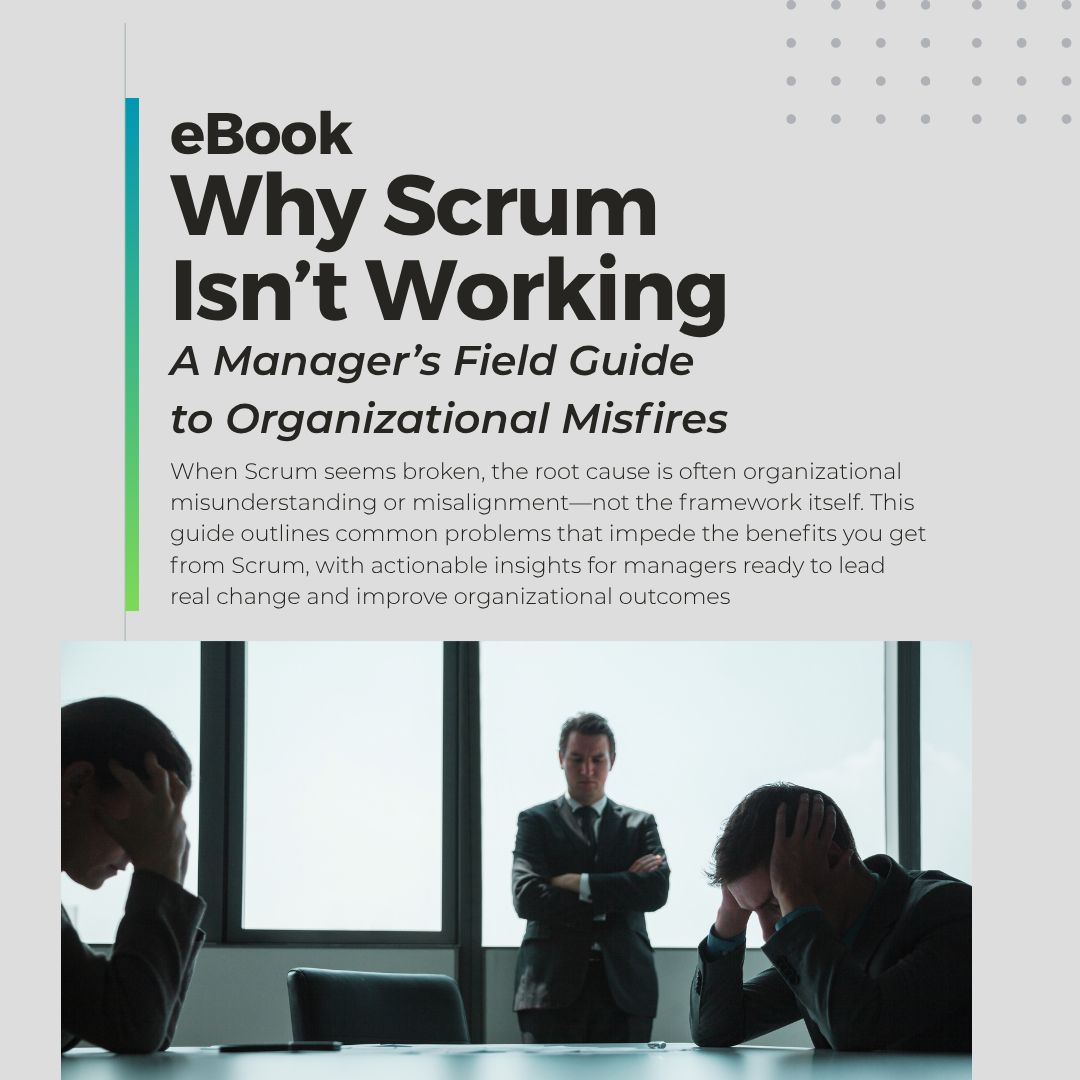Why Product Backlog Prioritization Matters
For Scrum Teams, the Product Owner plays a crucial role in ordering the backlog. Applying effective Product Backlog prioritization ensures the team delivers the highest-value work first. By using proven approaches and practical tactics, Product Owners can help their teams move faster, make better trade-offs, and satisfy customers.
Clear prioritization also reduces confusion within the team and creates transparency for stakeholders. When everyone understands why certain items are at the top of the backlog, it builds trust and alignment. Over time, consistent prioritization not only leads to faster delivery but also creates a stronger connection between the product vision and the work being done.
Focus on Customer Value
At the heart of Product Backlog prioritization is customer value. Most products follow the 80/20 rule, where a small portion (~20%) of features delivers most (~80%) of the impact. Identifying those high-value items and moving them to the top of the backlog ensures meaningful outcomes reach customers quickly.
Customer value can take different forms—sometimes it’s revenue potential, other times it’s improving user satisfaction, or even reducing risk. Product Owners who regularly engage stakeholders, review analytics, and listen to customer feedback are better equipped to spot what truly matters. By keeping this focus, the team avoids wasting effort on “nice-to-haves” and instead delivers features that make the biggest difference.
Engaging Stakeholders Effectively

Stakeholder collaboration is one of the most important aspects of Product Backlog prioritization. While individual conversations are useful, conflicting priorities are common. A proven tactic is to bring stakeholders together to openly discuss trade-offs. This collective dialogue helps align everyone and makes prioritization decisions clearer.
Using Value Scoring and Ranking Systems
Structured scoring systems provide another layer of product backlog prioritization. Stakeholders can rank backlog items using t-shirt sizing, point systems, or simple scoring frameworks. The results reveal which features are truly critical and which are “nice-to-haves.” This method makes prioritization transparent and reduces bias.
Experimenting to Validate Value
While stakeholder opinions are helpful, real user behavior often tells a different story. A strong approach to Product Backlog prioritization is to experiment by releasing small increments of features, gathering analytics, and measuring usage. For example, testing a lightweight version of a feature before full investment ensures resources are spent on what really matters.
Considering Effort and Cost

True Product Backlog prioritization balances customer value with feasibility. A highly valuable feature may not be realistic if it requires too much cost, time, or technical complexity. Product Owners who only focus on value risk overcommitting the team or setting unrealistic expectations.
By reviewing developer estimates early, stakeholders gain insight into trade-offs and can make more informed choices. For example, if one feature provides high customer impact but requires months of development, while another provides slightly less impact but can be delivered in a week, the second option may deliver a better return in the short term.
This “bang for your buck” perspective is critical for building trust with both stakeholders and Development Teams. It shifts the conversation from “what’s most exciting?” to “what provides the greatest value for the least effort?” Over time, consistently making these smart trade-offs helps the team deliver meaningful results faster, keeps morale high, and ensures that investments in product development pay off.
Making It Work
No single method works in isolation. The best Product Owners combine stakeholder alignment, scoring frameworks, experimentation, and cost-awareness. When done well, Product Backlog prioritization turns the backlog into a roadmap of value, guiding the team toward delivering meaningful results faster.
Strong prioritization not only improves the flow of work but also builds trust with stakeholders and customers. When people see that the most important needs are being addressed, confidence in the product grows. For Product Owners, mastering these techniques is less about following one formula and more about continuously adapting to feedback, data, and business goals.
Continuous Learning is at the heart of great Scrum Teams
If you're ready to grow your understanding and improve how your team works, explore our upcoming Professional Scrum courses.
Want to see how Responsive Advisors can help you or your organization succeed? Learn more at responsiveadvisors.com.


